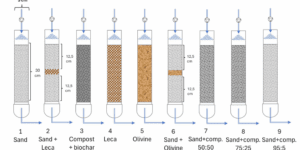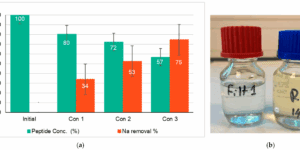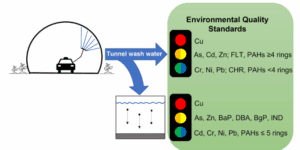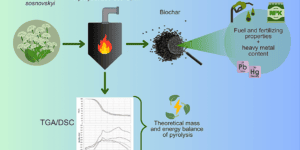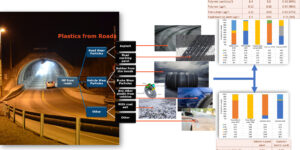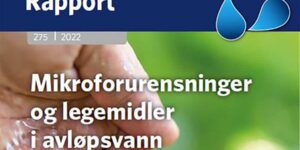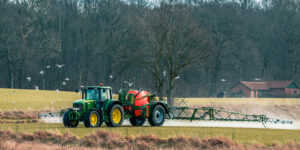Heavy metal removal performance of materials for treatment of road runoff in roadside trenches
A study has been performed to identify cost-effective and readily available materials to develop formulations for efficient filter media for improving roadside ditches.
